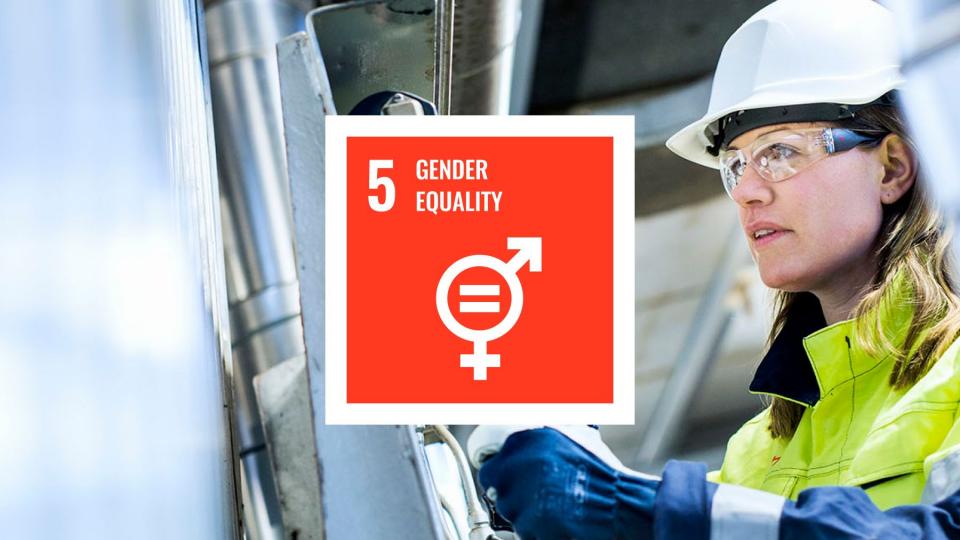Diversity, equity, and inclusion (DEI) enhance Uniper’s competitiveness, resilience, creativity, innovation, and enterprise value. Promoting DEI, treating it as an opportunity, and combating discrimination are all central to the Uniper Way, our corporate culture.

Our strategic plan
Commitment
- Systematically enhance DEI to create the best possible environment for all employees and to achieve equal opportunity and a more balanced representation
- No tolerance of discrimination
Targets
- Increase the share of women in leadership positions to 25% by June 2025 (for the Board of Management and two management levels below it)
- Achieve an employee inclusion indicator of over 95% by year-end 2022 and maintain this level beyond 2022
Company-wide DEI strategy
Uniper takes DEI seriously and wants to do even more to cultivate a workplace where everyone can thrive personally and professionally. We adopted a company-wide DEI strategy in 2021 to bring us closer to this goal. The strategy clarifies our ambitions, creates a common framework for all DEI activities, and establishes a governance structure. It also enhances analytics, measurability, and transparency. It has five main action areas: talent management, leadership, organization, marketplace, and society. The DEI strategy will enable Uniper to take a comprehensive, structured approach to all relevant stakeholders, functions, processes, and policies.
Promoting a sense of inclusion
Promoting a sense of inclusion
We measure our employees' perceived sense of inclusion in their team. This indicator is derived from our annual Voice of Uniper employee survey. Our goal for 2022 was to achieve a perceived inclusion rate of 95%. The rate of 89% for 2020 declined to 85% in 2021. We’ll therefore place greater emphasis on inclusion issues in 2022 and retain our 95% target beyond 2022.
Fostering female talent
20.6%
of the positions in first and second management levels below the Management Board were occupied by women at year-end 2021.
Uniper aims for women to account for 25% of the first and second management levels below the Board of Management by June 2022. At year-end 2021, 20.6% of these positions were held by women, still below target.
25%
of our overall workforce consisted of women in 2021.
Women made up 25% of our overall workforce in 2021, which is almost unchanged from the prior-year’s 25.2%. We intend to increase women’s representation in our workforce through more diverse selection and recruitment procedures, mentoring, flexible work arrangements for all employees, and other measures.
Contact

Andreas Niehoff

Kathrin Becker

Anne Hem

